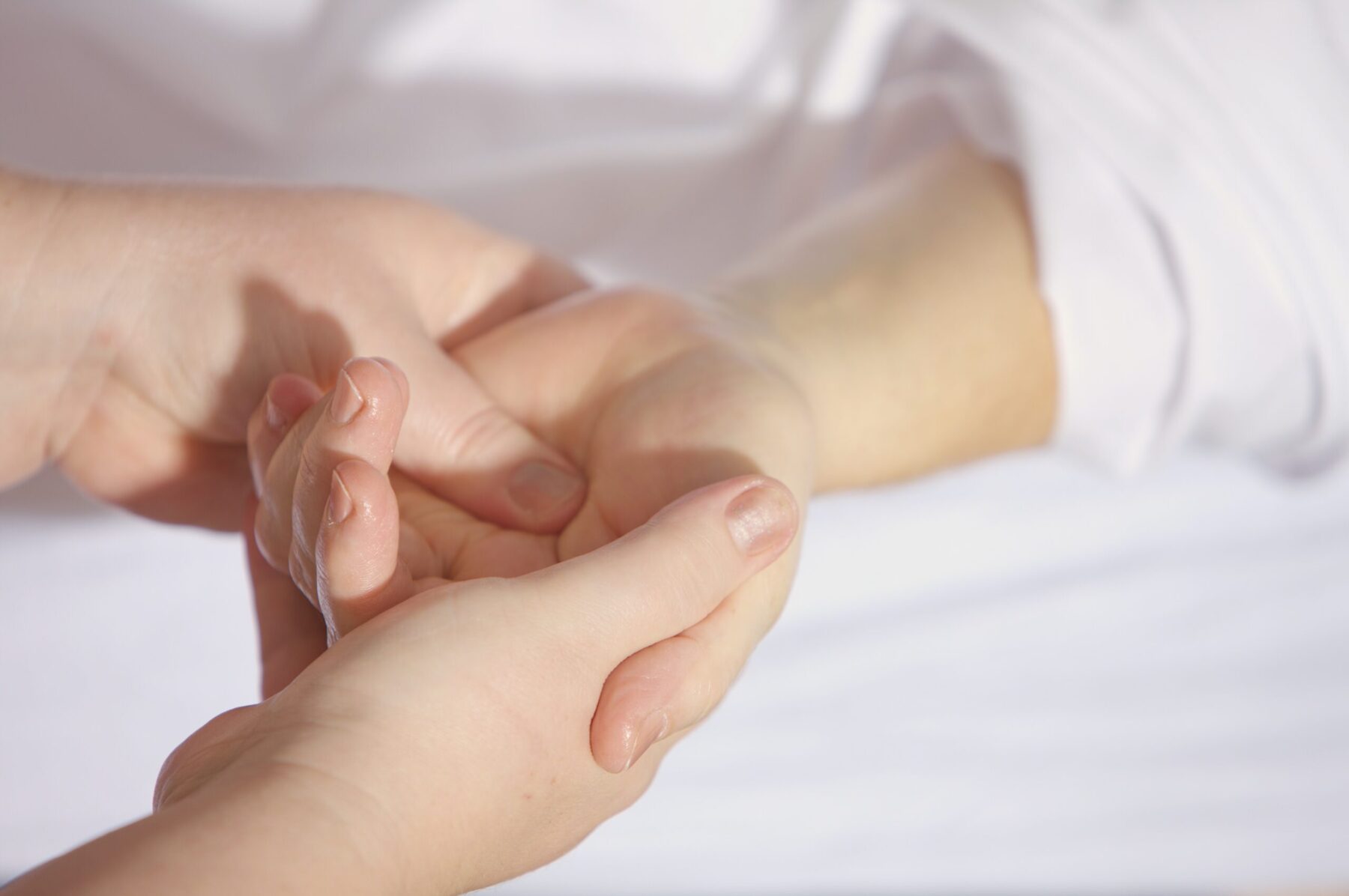WRIST AND HAND
DOCTORS
Oftentimes, arthritis can be the source of chronic pain in the wrist and hand. Both sports-related and everyday injuries of the hand and wrist are also very regular. Sprains, fractures, and nerve and tendon injuries are some of the more frequently-observed problems. When you fall, it is natural to extend your arms to reduce the impact from hitting the ground. This is a very common way to cause damage to the hand or wrist. Other causes may be animal bites or direct stress (eg accidentally striking the hand with a hammer). Hand and wrist injuries are common in physical sports like wrestling or football. Soreness, swelling, or limited ability to move the hand are symptoms of a hand injury. Treatment for hand and wrist injuries vary based on the nature of the injury. The RICE (Rest, Ice, Compression, Elevation) method can ease a lot of hand troubles. Other solutions include casts, therapy, and in some cases, surgery.
SCHEDULE APPOINTMENT


